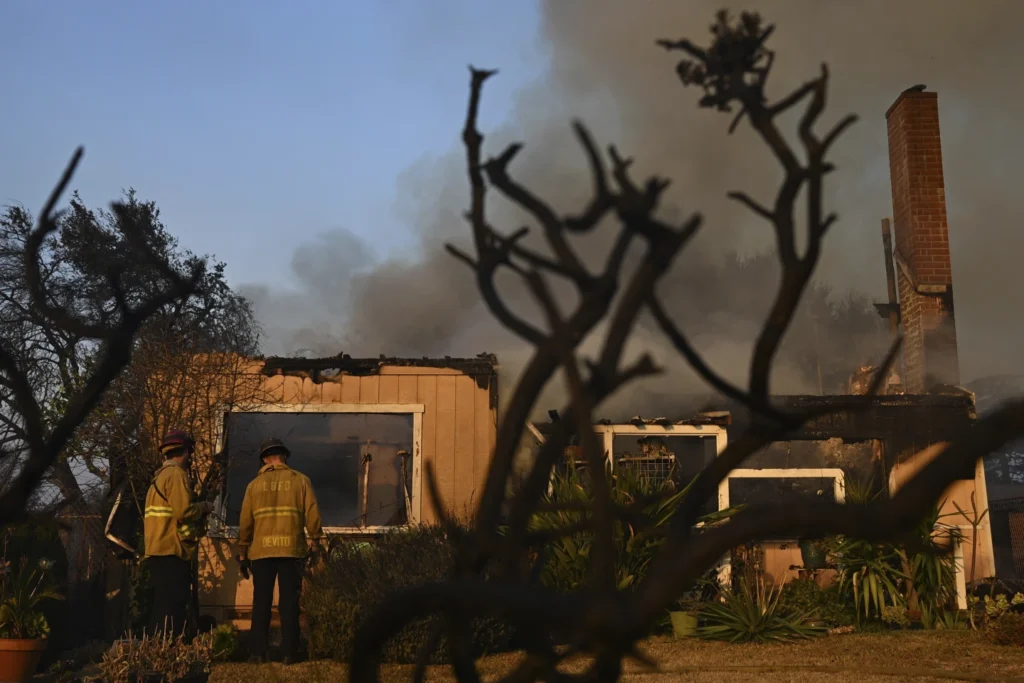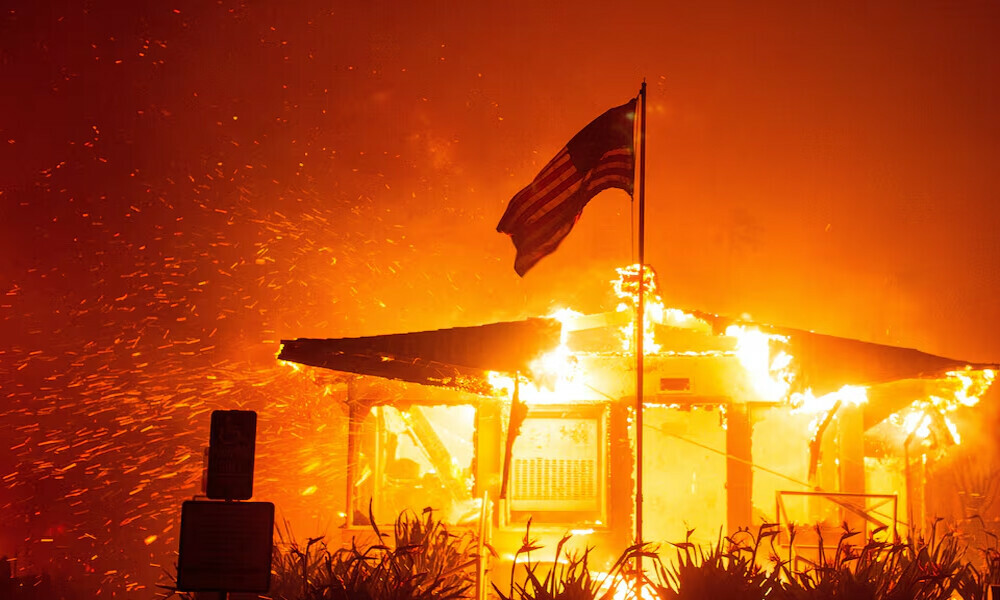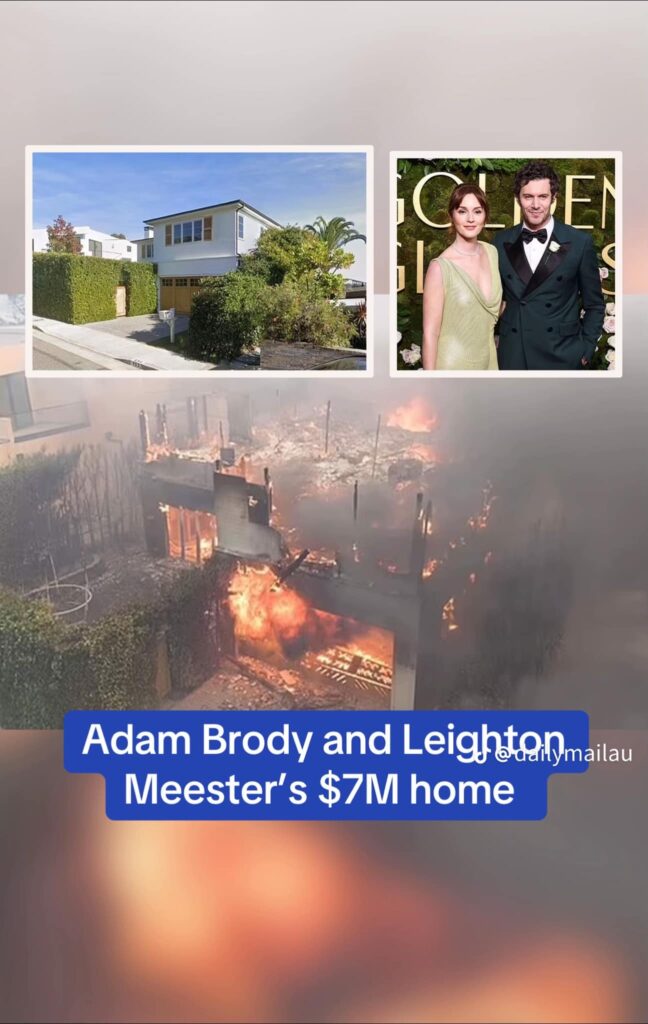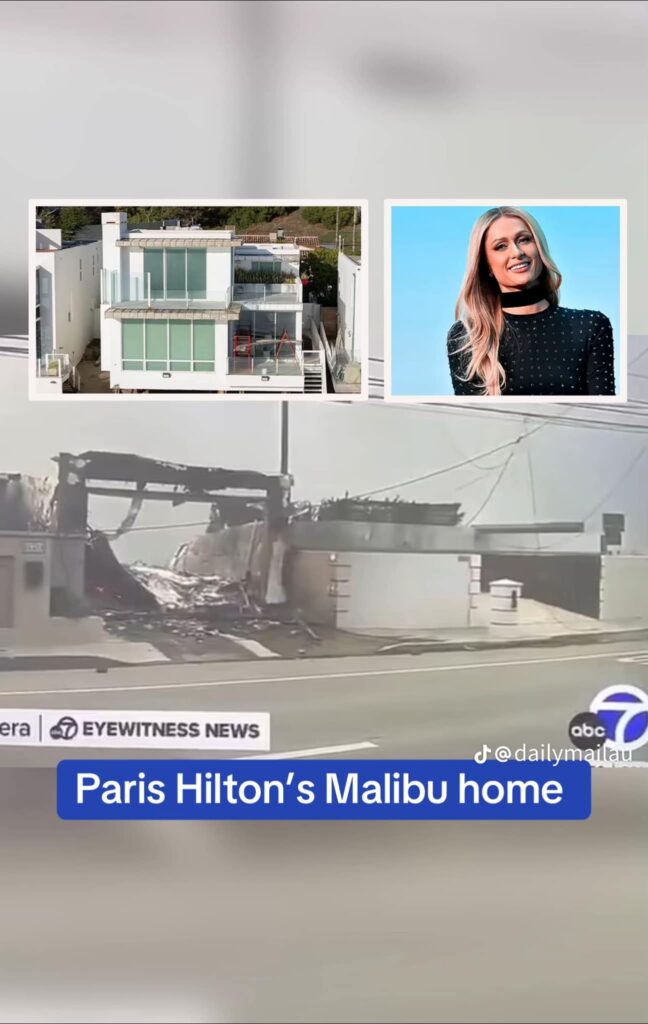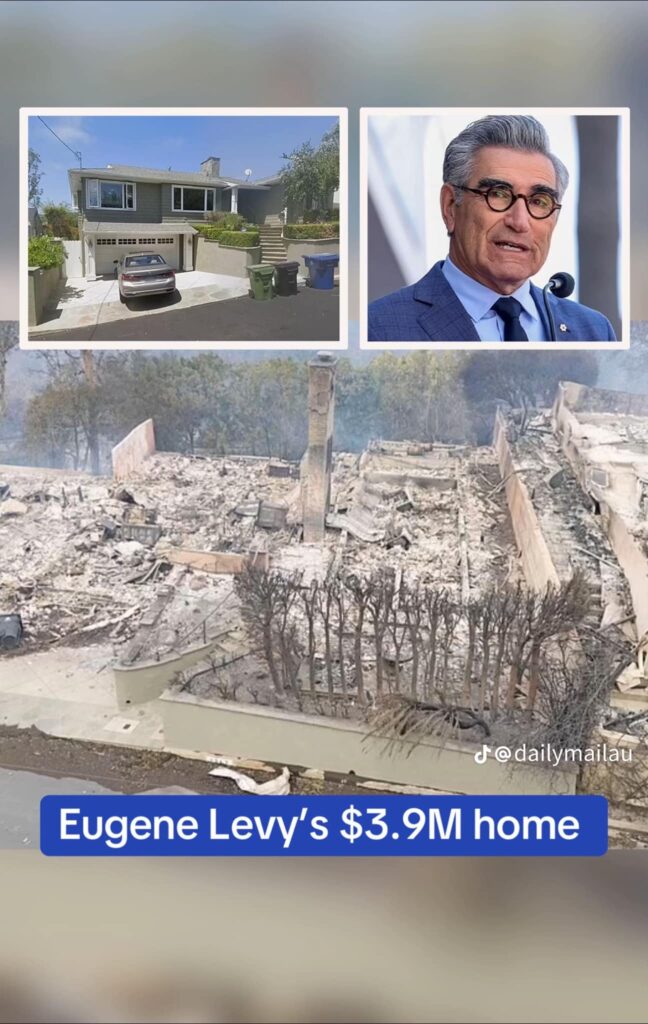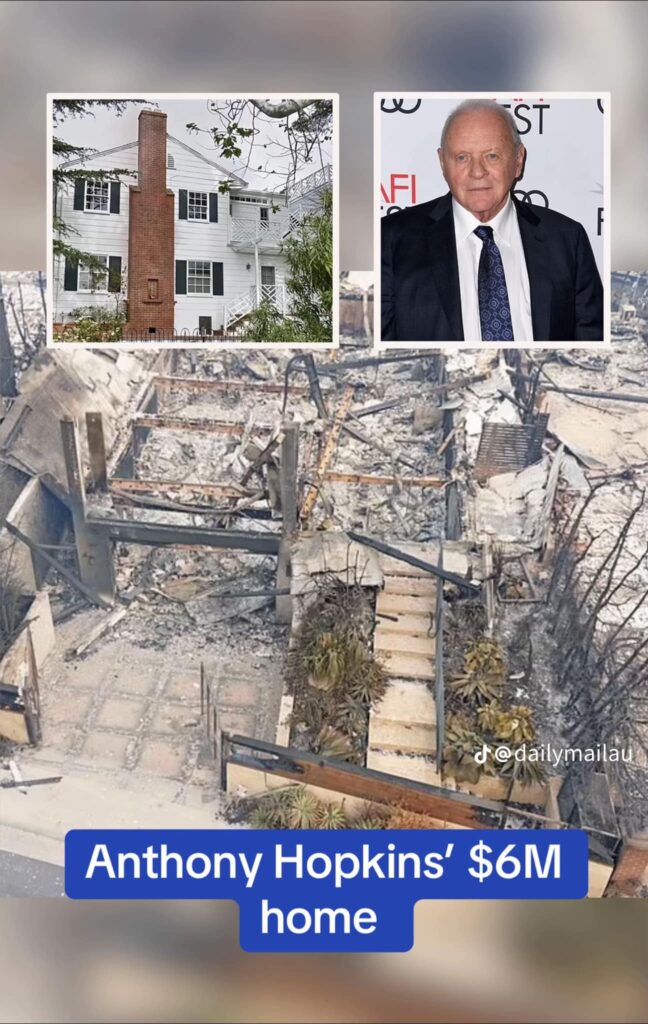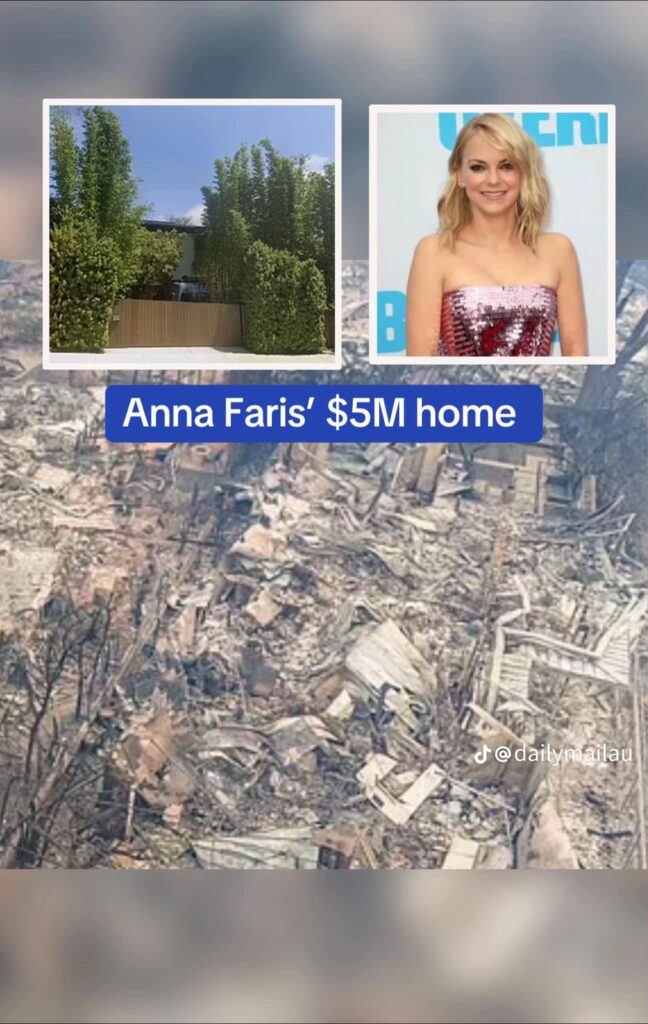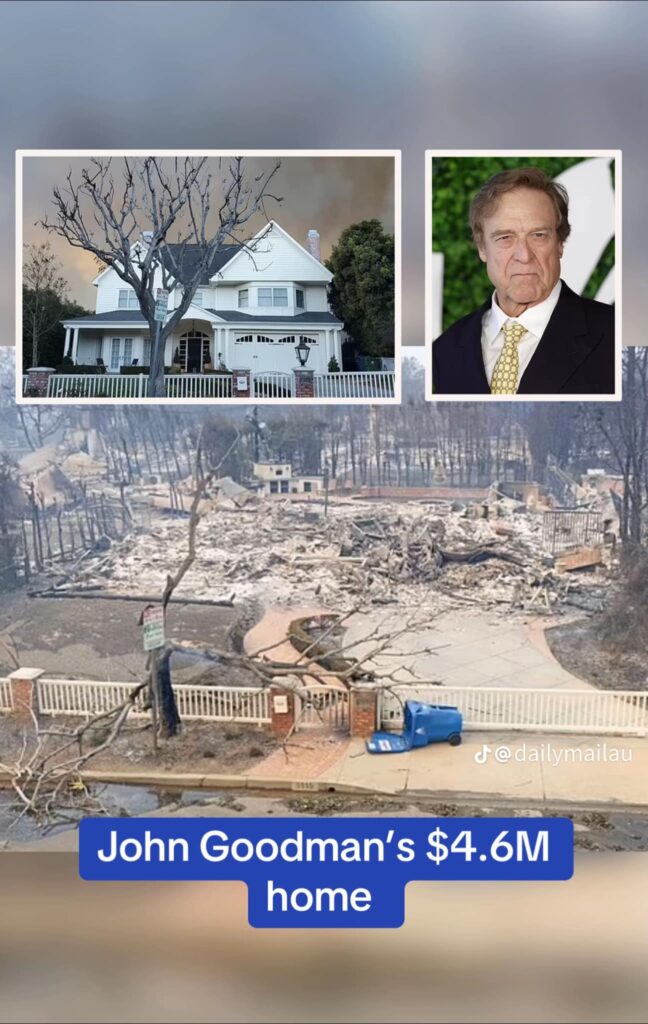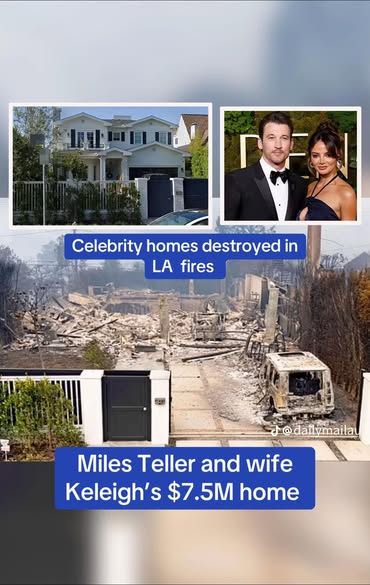Physical Address
304 North Cardinal St.
Dorchester Center, MA 02124
Physical Address
304 North Cardinal St.
Dorchester Center, MA 02124

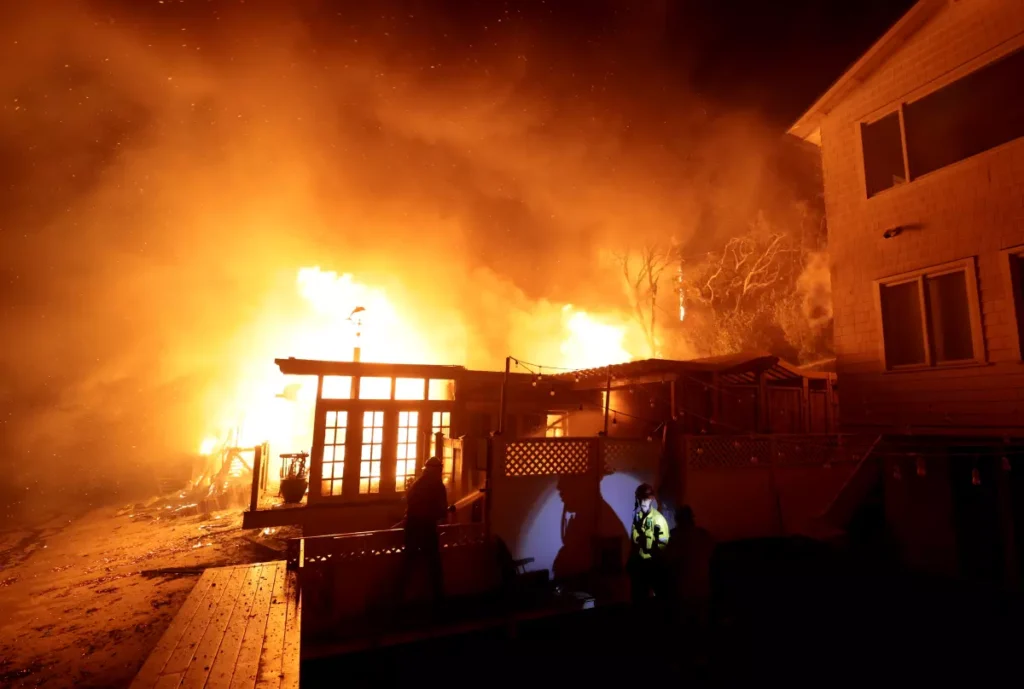
The wildfires that regularly sweep through California highlight both the might of nature and the growing susceptibility of contemporary society to the impacts of climate change. In recent times, Los Angeles has been struck by some of its most devastating wildfires on record, resulting in widespread destruction. From the Pacific Palisades to Malibu, these blazes have destroyed numerous homes, forced thousands of individuals to evacuate, and resulted in significant financial losses. This article explores the effects of the Los Angeles wildfires on housing, the devastation they wreak, the enduring consequences for communities, and the ways in which California’s residents and government are adjusting to a new reality characterized by “fire year.”
California has always faced wildfires, but over the past ten years, their occurrence and intensity have surged significantly. One of the primary reasons for this trend is the escalation of climate change, resulting in extended periods of drought, increased temperatures, and more unpredictable weather conditions. Los Angeles, in particular, has emerged as a focal point for these devastating events due to its specific combination of geography, rapid urban development, and susceptible landscapes.
In January 2025, wildfires in Los Angeles reached unprecedented levels, annihilating thousands of homes and triggering large-scale evacuations. Two of the most destructive blazes—the Palisades Fire and the Eaton Fire—spread swiftly due to powerful Santa Ana winds, racing through residential neighborhoods with alarming speed. These fires ravaged more than 31,000 acres in total, obliterating homes, businesses, and vital community infrastructure. Entire communities, especially in high-risk zones like Pacific Palisades and Malibu, were decimated.
Officials reported that the Palisades Fire alone caused the destruction of 5,300 buildings, including several houses of celebrities, leaving thousands of residents displaced. The Eaton Fire, located near Pasadena, resulted in the loss of an additional 4,000-5,000 structures. The massive scale of devastation highlights the susceptibility of homes, particularly those constructed in wildfire-prone regions.
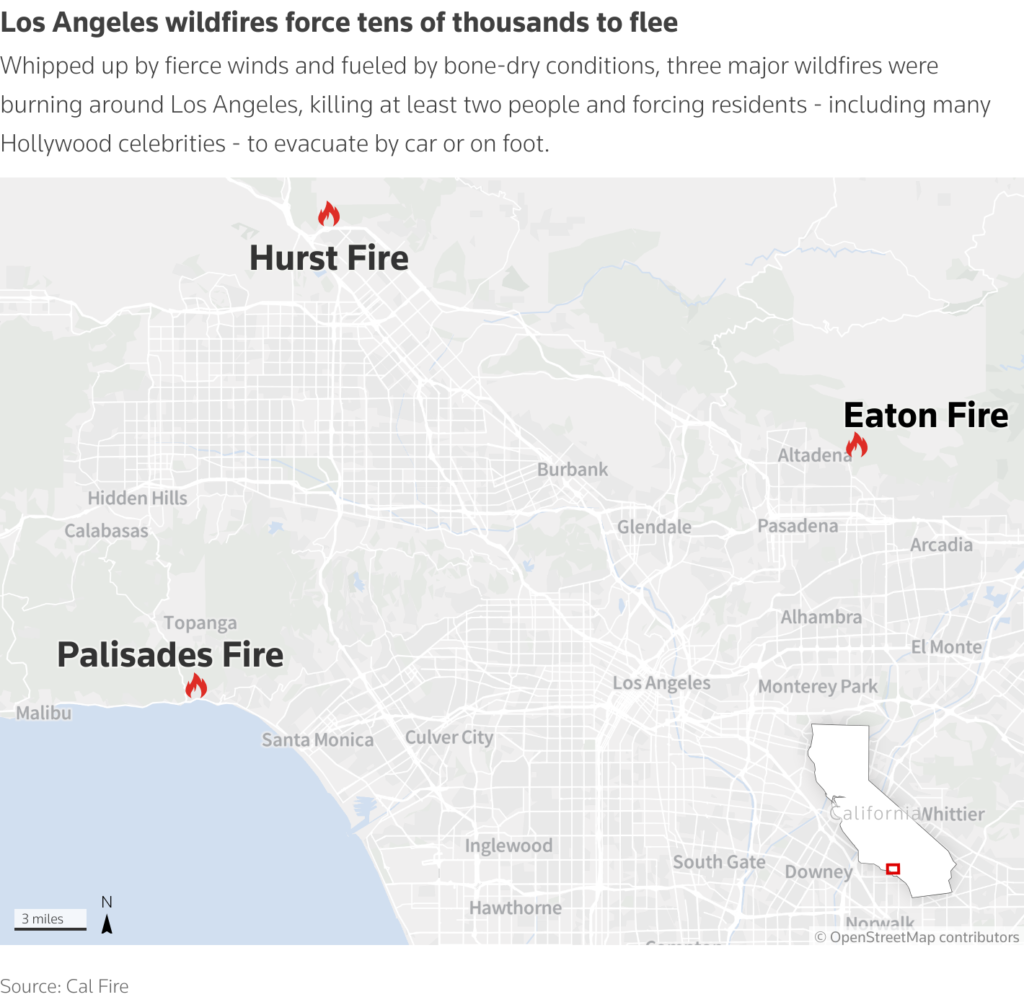
When wildfires sweep through residential neighborhoods, the damage to houses can be catastrophic. Homes in Los Angeles are frequently situated within suburban developments, often surrounded by dry vegetation that serves as fuel for the flames. The Palisades Fire, which impacted some of the wealthiest areas in Southern California, effortlessly consumed luxurious residences.
Among the most prominent victims were several celebrities who lost their properties to the blaze:
Paris Hilton reported that her Malibu residence was “burned to the ground,” sharing her grief on social media as she witnessed her home turn to ash within hours.
https://www.instagram.com/reel/DElYFY_SJQ6/?utm_source=ig_web_copy_link&igsh=MzRlODBiNWFlZA==
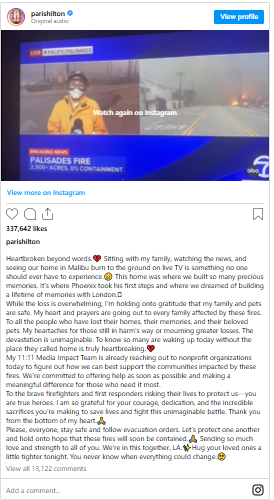
Billy Crystal experienced the destruction of his Pacific Palisades home, where he had resided for 46 years. Crystal spoke with deep emotion about the memories associated with the house and the profound loss that accompanied its devastation.
Rainn Wilson, known for his role in The Office, expressed his sorrow over the loss of his Palisades home, posting images of the ruins on TikTok.
These notable losses highlight the extensive damage inflicted by the wildfires. Nevertheless, the impact was felt far beyond just celebrity properties. Entire working-class neighborhoods were also affected, with residents who had limited means to relocate or rebuild being among the most at risk.
Many homes destroyed by the wildfires were located in regions where fire prevention strategies, such as creating defensible space around properties and using fire-resistant building materials, were inadequate to shield them from the flames. These residences, often constructed from wood and other combustible materials, had little chance of surviving against the extreme heat and swiftly advancing fires.
Missing home♬ original sound – heidimontag
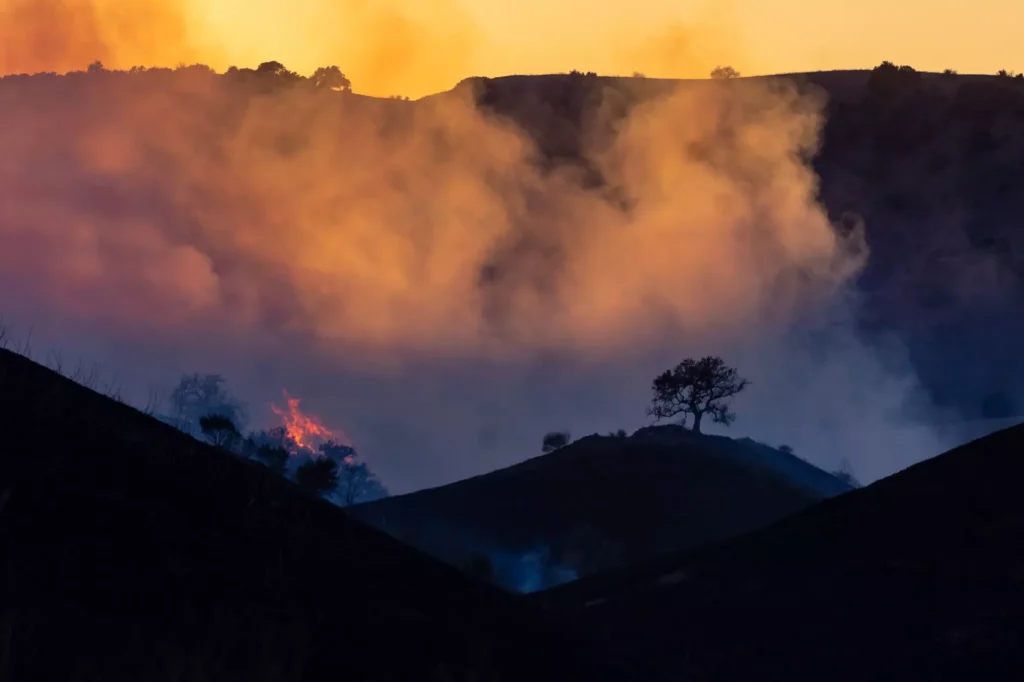
The devastation caused by a wildfire extends beyond merely losing physical property. For numerous families, a home serves as the heart of their existence, a place filled with precious memories. The emotional anguish stemming from an abrupt loss can be deeply impactful.
After the Los Angeles wildfires, families who have been displaced are confronted with the overwhelming challenge of rebuilding their lives from scratch. Even those who have insurance find the processes of filing claims, dealing with bureaucracy, and reconstructing their homes can take many months, if not years. For homeowners who lack sufficient coverage or have lost vital documents in the blaze, the situation becomes even more complicated.
The financial repercussions of these fires are staggering. According to AccuWeather, the economic losses tied to the 2025 Los Angeles wildfires could be between $135 billion to $150 billion. This estimate encompasses not just the value of ruined homes but also the economic disruptions brought about by the fires. Businesses have been forced to close, and infrastructure like roads and power lines has sustained damage, complicating recovery efforts further.
Additionally, homeowners who have lost their properties face increasing insurance costs. In areas deemed high-risk, insurance providers have started to withdraw their coverage, compelling residents to either pay outrageously high premiums or forgo insurance entirely. Some may find rebuilding impossible, whether due to financial limitations or because the land has become perilous.
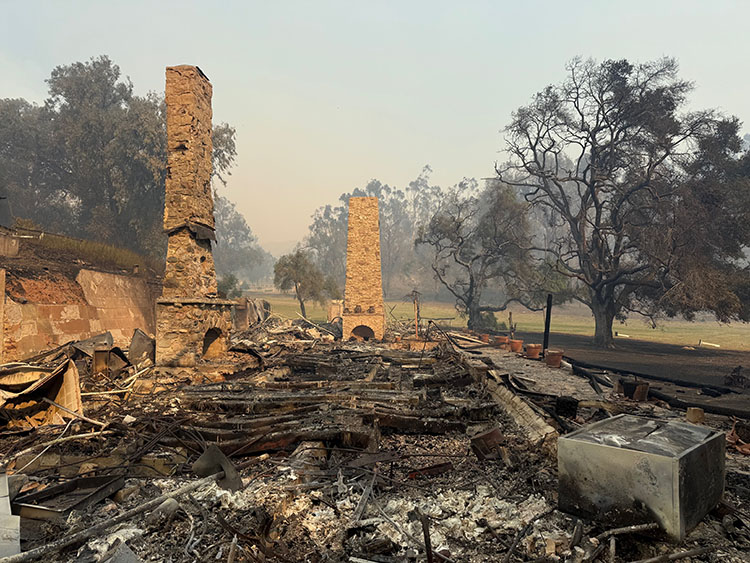
The impact of the Los Angeles wildfires extends beyond immediate property damage; it engenders enduring consequences for communities. Large-scale evacuations interrupt daily routines, with families fleeing with nothing but the clothes on their backs. For many, coming back home isn’t feasible, as their residences have been flattened or deemed unlivable.
Tightly-knit communities are often fragmented as residents look for shelter with relatives, friends, or in evacuation centers. The destruction of schools, businesses, and community hubs further disintegrates these communities, hindering recovery efforts significantly. For instance, Palisades Charter High School, a cherished landmark in the Pacific Palisades area, was lost in the fire, leaving both students and educators without a place to return.
The psychological toll of the wildfires is equally significant. Survivors frequently grapple with trauma from the loss of their homes and the anxiety of future fires. Children, in particular, may find it challenging to handle the upheaval and the loss of familiar environments. In the long run, the emotional impacts of the wildfires might take years to overcome.
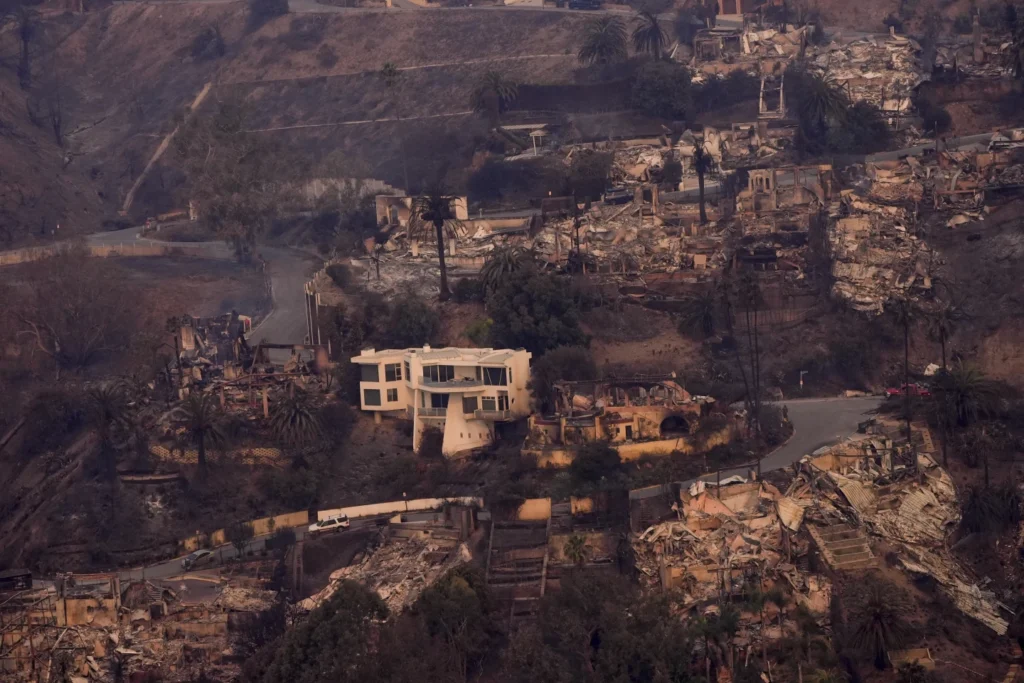
In reaction to the escalating wildfire crisis, both California’s state government and the federal administration have intensified their firefighting initiatives. Firefighters from across California and nearby states have been sent to Los Angeles to tackle the flames. Nevertheless, the magnitude of the wildfires frequently surpasses the available resources, complicating efforts to contain the fires before they encroach on residential areas.
International assistance has also proven vital in firefighting activities. Canadian Prime Minister Justin Trudeau has dispatched water bombers and 250 firefighters from Canada to help fight the fires in Los Angeles. This international collaboration underscores the worldwide concern regarding the rising frequency and severity of wildfires, which are not isolated to any specific country or region.
However, despite these efforts, containment remains a considerable obstacle. The Santa Ana winds, which can gust up to 100 mph, serve as a natural accelerant, propagating the fires more rapidly than firefighters can control them. Additionally, the difficult terrain of Los Angeles presents challenges in accessing specific regions, further hindering firefighting activities.
Governor Gavin Newsom has recognized the escalating threat posed by wildfires, declaring that California is now experiencing a “fire year” instead of the usual fire season. This new reality necessitates a transformation in the state’s approach to fire prevention and response.

As the occurrence and severity of wildfires rise, California is implementing measures to adapt. Fire prevention has emerged as a primary concern, with authorities concentrating on strategies such as controlled burns, vegetation management, and fire-resistant construction regulations.
In areas at high risk, residents are urged to establish defensible space around their homes by removing flammable vegetation and creating a buffer zone between their properties and potential fire threats. The use of fire-resistant building materials, including concrete, metal, and stucco, is being advocated to diminish the chances of homes igniting.
Simultaneously, urban planners and policymakers are facing the challenge of constructing in fire-prone regions. Many homes lost to the Los Angeles wildfires were situated in the Wildland-Urban Interface (WUI), where residential areas meet natural landscapes. As climate change heightens the likelihood of wildfires, there is an increasing discussion on whether new developments should be permitted in these high-risk zones.
While these initiatives may help lessen the impact of future wildfires, the truth is that wildfires have now become an enduring aspect of life in California. Homeowners and communities must adapt to this new reality, taking proactive measures to safeguard themselves and their properties against the persistent risk of fire.
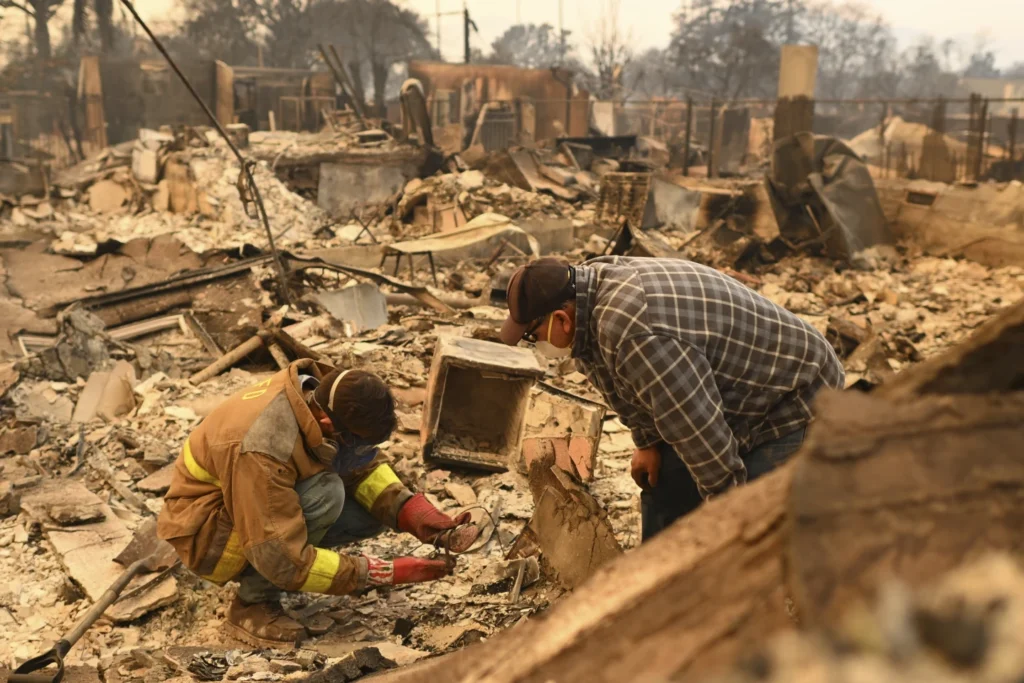
The wildfires that have swept through Los Angeles serve as a powerful reminder of the escalating threats brought about by climate change. Properties that were once regarded as secure sanctuaries are now vulnerable to being engulfed by flames, leaving families in distress. Although initiatives are underway to enhance fire prevention and response measures, it is clear that wildfires will remain a serious risk to residences in Southern California.
For those who own homes, the challenge of reconstruction and moving ahead can feel overwhelming, yet the resilience of humanity shines brightly in times of such loss. Communities unite to offer mutual support, and firefighters along with emergency personnel dedicate themselves relentlessly to safeguarding lives and properties. In the process of rebuilding Los Angeles, it does
